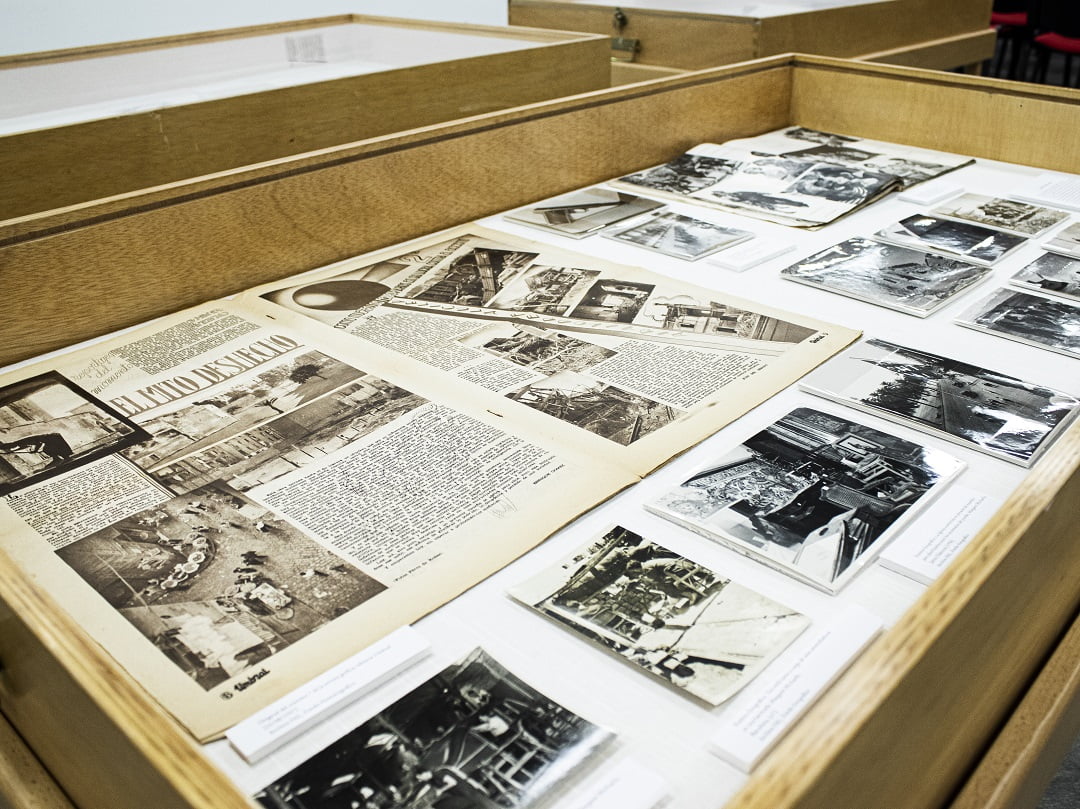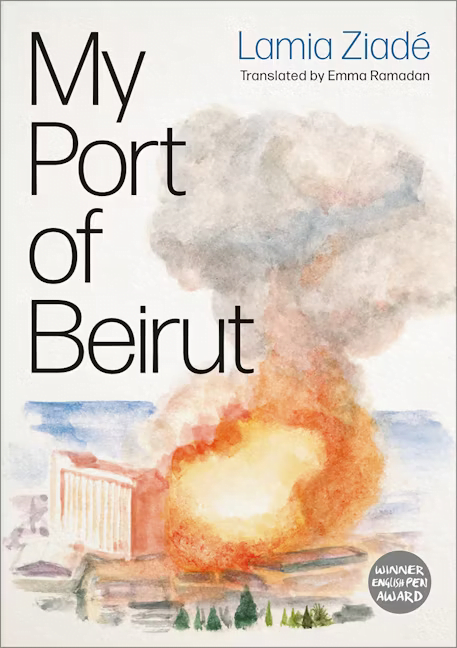The closing hearing in the first “tranche” of the Undercover Policing Inquiry (UCPI) took place earlier this year. This summary from the Undercover Research Group offers an overview of what has been learned.
The Inquiry was first ordered in 2014 following multiple scandals around two undercover units – the Special Demonstration Squad (SDS) and National Public Order Intelligence Unit (NPOIU). From 1968 to 2010 their officers infiltrated predominantly left-wing groups, and the SDS’s motto “By Any Means Necessary” proved far truer than anyone imagined.
They stole the identities of dead children to form their cover, took positions of power in target groups, deceived women into relationships and in some cases even fathered children. No group was out of bounds – to be seeking social change was sufficient. The final straw leading to the Inquiry was the revelation that they had targeted the family of Stephen Lawrence and Duwayne Brooks while they were engaged in the Macpherson Inquiry, which found the Metropolitan Police to be institutionally racist.
The Inquiry
The UCPI has been excessively slow. It was not until November 2020 that the first public evidence was given and it is looking at evidence in four tranches: 1968-82, 1982-92, 1992-2008 (all SDS) and 1999-2010 (NPOIU). February’s closing hearing covered the first of these, with tranches two to four to be crammed into the next two years – though no further evidence will be heard until Spring 2024.
Much of the delay comes from the Inquiry’s excessive secrecy. For instance, every document goes through a nine-step disclosure process. A huge amount of power has been given to the police, which sought anonymity for every undercover. Just over half the cover names of the approximately 144 undercovers have been disclosed, with the majority of the NPOIU restricted. Unless there was a sexual relationship, real names have all been restricted. Inquiry chair John Mitting has, more often than not, found in their favour.
Tranche One
The 1968-82 era is important as it covers the Special Demonstration Squad’s founding, when many core issues, such as sexual relationships and use of dead children’s identities, were established.
The Inquiry provides many SDS cover names and identifies the squad’s managers from this time, along with thousands of reports. It released documents relating to squad management and oversight, and the role of MI5 and the Home Office. Indeed, it appears that the Inquiry has drawn heavily on MI5’s archives as the police do not appear to have kept their own reports.
To a seasoned watcher of the State there is nothing truly surprising there. The overall picture demonstrates an ideological bias against anything progressive, let alone left-wing.
Limited and skewed as it is, there is much to be gleaned from this source material. One powerful aspect is seeing for the first time what we all suspected was happening. It gives a proper frame to the fears and concerns we had as political activists. It is possible to delineate what was paranoia and what was justifiable fear. We see how they used individuals and manipulated campaigns.
Everyone a target
For most undercovers, they were simply placed to see what they could find. This led many to the SWP, where they took up roles in local branches and districts. Reporting is often incredibly banal – accounts of branch meetings.
Anyone on the left is fair game. The reports on individuals contain highly personal details and commentary, such as on children’s parentage. Racist, sexist and homophobic attitudes pepper the reports and it is not unusual for politically active schoolchildren to be reported on as well.
The undercovers justified this saying they were overseen by management, who signed it all off. None said their reporting was ever corrected. Also striking is the lack of any kind of training given to the Tranche One undercovers.
Seemingly all reports were copied to MI5. The squad nominally existed to report on potential public order issues by political groups and while there is some reporting there, it is more a smokescreen, disgusing wider political surveillance for MI5 and the expansive Special Branch filing system. At least one undercover noted that groups with a reputation for violent public disorder were avoided, as infiltration would require them to break the law – something at odds with the unit’s supposed objectives.
Much of the public order reporting is missing, if it ever existed. Evidence indicates that when it happened, it was passed on to another Special Branch squad who anonymised and packaged it up for the Met’s uniformed public order division, A8.
Other undercovers are clearly involved in public disorder issues, and even talk about how they were on the receiving end of police violence. HN13 ‘Barry Loader’ was arrested twice for public disorder, once after receiving a battering from his colleagues.
HN298 ‘Mike Scott’, who seems to have initiated the use of dead children’s identities, was involved in the 1972 ‘Star & Garter’ incident, when anti-apartheid protests blockaded a South African sports team. He, along with others, was convicted for this, but it was never disclosed he was a spycop – he was convicted under his cover name. Recently, several related convictions were quashed due to this abuse of the judicial system.
Richard Clark, aka Rick Gibson, one of the first spycops known to have had a sexual relationship, founded a Troops Out Movement branch and used it to become London organiser before being outed.
We also learned how much was known throughout Special Branch. The SDS was an open secret, and many of its managers went on to take senior police roles. When the surviving ones were asked how the various abuses came about, to a man they denied responsibility, saying they were simply continuing practices already in place. Their evidence was an exercise in evasion and convenient memory loss that leaves an impression of incompetence.
None of the managers recall the sexist banter that went on or that there were sexual relationships. They turned a blind eye when Scott tracked down and punched a prominent Irish campaigner who had (correctly) identified him as a cop. Scott broke his finger doing it.
One is left with a picture of an open-ended operation, gathering intelligence on autopilot, with little real oversight. Its political masters kept it going as it fitted an ideology that saw everyone on the left as a threat. The material released by the Inquiry thus demonstrated the extent to which Special Branch are political police, holding hundreds of thousands of files on anyone left wing and their family members. Its profoundly anti-democratic nature is finally on view.
Tranche One is mostly focused on Trotskyists, followed by the Maoists. Anarchists also receive attention but it is clear they cause difficulties. In its 1969 annual report the SDS unit chief wrote:
“Anarchists characteristically pose problems difficult to solve with limited facilities. The distasteful nature of the way of life of such people, which officers must assume, adds to the difficulties of penetration. Small groups can be and have been penetrated with some success by the S.O.S. but their tendency to act in isolation makes the value of full time coverage questionable. Nevertheless, indirect information through technical aids and informants is available.”
There are several early attempts to get undercovers into the anarchist milieu, often unsuccessful. HN326 ‘Doug Edwards’ (1968-70) attempted near Piccadilly Circus but failed. He later shows up trying to infiltrate West Ham Anarchists in 1969 and has brushes with the Family Squatting Campaign. Reading between the lines, Doug did not fit in.
The Angry Brigade is named, as is the Stoke Newington 8 defence campaign, but generally indirectly. There are hints there was a failed attempt to place one undercover in or near it.
Although HN298 Mike Scott had some involvement with the anarchist group Croydon Libertarians, it is not until the mid-1970s that a successful infiltration takes place. HN300 ‘Jimmy Pickford’ (1974-77) began infiltrating the Anarchist Workers Association, basing himself in Kingston. He also reported on Freedom and other anarchist publications such as Lower Down and Pavement, as well as groups around Wandsworth, where his focuses included campaigner Ernest Rodker. Reporting on personal matters of the Rodker family included illnesses and the birth of a child. He was also involved in Up Against The Law, which fought miscarriages of justice.
Pickford was followed by HN304 ‘Graham Coates’ (1976-79). Bored by the SWP, and with a self-proclaimed interest in anarchism, he worked on the East London scene, including the Anarchy and Zero publishing collectives. He said he used Dave Morris as an introduction – Dave, a core participant, has given four statements to the Inquiry regarding being targeted.
For some reason, two undercovers who targeted anarchists in the Tranche One period were moved to Tranche Two. These are HN85 Roger Pearce who infiltrated from 1979, particularly Freedom, using the alias ‘Roger Thorley’. Likewise, HN20 ‘Tony Williams’ who infiltrated the Direct Action Movement in 1978-82.
As a number of undercovers are restricted, it is unclear the extent to which anarchists were targeted between 1968 and 1982. There may be more that has not been disclosed. Later tranches will cover cases such as Neil Richardson (Class War), Jason Bishop (Reclaim the Streets, Disarm DSEi, Earth First!), Jackie Anderson (Reclaim the Streets, Earth First, WOMBLES), Rod Richardson (WOMBLES, Movement Against the Monarchy, environmentalists), Dave Hagan (Class War, Movement Against the Monarchy) and Dave Jones (WOMBLES, environmentalists).
For all the Inquiry’s slowness, there is more to come.
This article first appeared in the Summer 2023 issue of Freedom anarchist journal.








